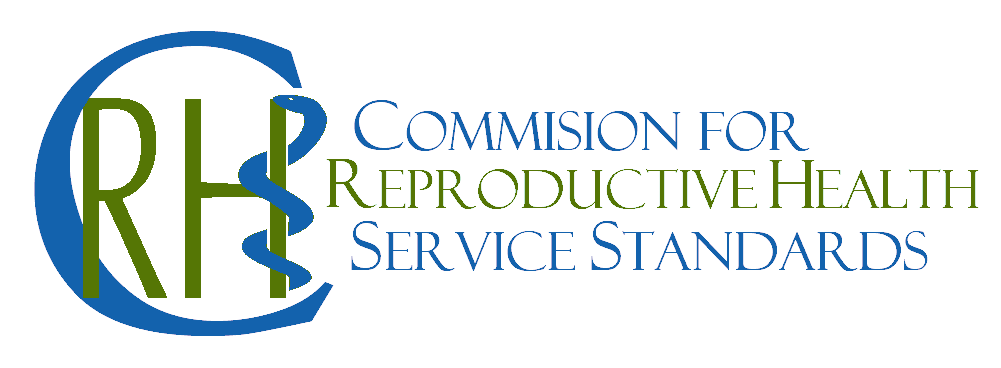
When one considers the Patient Protection and Affordability Care Act (PPACA) one might see a benevolent attempt to correct America’s less than equitable access to healthcare. This is a noble concern and actually addressed in courses on medical ethics. The category of medical ethics inquiry which deals with how to distribute limited medical resources over a broad population is called ‘Distributive Justice.’ Up until 2010 the task of distributive justice was a job for the medical profession. The PPACA however made distributive justice an official government role complete with the force of law. Traditionally the medical profession managed the notion of distributive justice with other ethical concerns in the immediate doctor/patient relationship striking the delicate ethical balance with the good of the immediate and particular patient. But when healthcare is looked upon as a ‘sector’ of society or a tool to be used on a ‘population’ it forces medical clinicians to consider economic or regulatory concerns as more important than the patient in the bed. This relocation of focus from the good of the ‘patient’ to the good of the ‘population’ carries the real potential of discrediting the medical profession in the mind of the basic unit of that ‘population’ (e.g. the patient). If the patient does not believe the doctor has her best interests in mind because that doctor is beholden to a government economic or regulatory priority deemed higher than her immediate health either she will stop utilizing medicine, seek alternative medical resources, or be forced by the State to utilize it thereby destroying her autonomy which used to be the medical profession’s job to protect and restore.
This relocation of the focus of medicine from the patient to a population raises serious ethical concerns such as:
1) Who determines the needs of the population?
2) How are the needs of the population determined?
3) What criteria are used to measure those needs?
4) What role does human dignity or self-determination now play in the delivery of medical care?
5) How will this impact services delivered by the doctor?
To answer these questions let us turn directly to the law and use ‘Women’s Health’ as an example. Among the many new offices the PPACA creates, five of them are concerned with Women’s Health and can be found in Title III, Part III, Subtitle F Section 3509 ‘Improving Women’s Health.’
The needs of the population (not a patient) are determined by a small group of five new directors of Women’s Health Office’s (WHOs) within the Department of Health and Human Services (HHS), the Centers for Disease Control and Prevention (CDC), Healthcare and Research Quality, the Health Resources and Services Administration, and the Food and Drug Administration (not a patient’s doctor) all of which serve as members of the Department of Health and Human Services Coordinating Committee on Women’s Health lead by the Secretary of Health and Human Services. Each WHO director is then tasked with identifying the various aspects of the population of women to be targeted by ‘age, biological, and sociocultural contexts.’ Once the specific kinds of women are determined then those various WHOs are to engage their specific type of work on the population of women in America. For example the WHO within the agency of Healthcare and Research Quality must develop ‘evidence reports’ using their own unspecified criteria for reporting in addition to ‘clinical practice protocols conducting research into patient outcomes, delivery of healthcare, quality of healthcare, etc.’ The standards by which quality of healthcare is measured seem to be largely determined by cost efficiencies rather than particular patient health. These WHOs also must establish ‘short and long-range goals and objectives’ within the respective Center or Agency ‘relevant to women’s health.’ The ‘goals and objectives’ required are not based on the ‘good of the patient’ but the good of the ‘population of women.’ The trickle-down effect, the point at which this impacts a single woman in need of medical care is in what is called ‘clinical practice protocols.’ Those protocols that are developed will be developed not with the particular patient in mind but with a predetermined population goal in mind. What is the goal? The goal has not been defined as something medically appropriate such as “reinforcing the clinician/patient relationship,” or “ensuring the good of the patient is protected from economic constraints.” No, the goals and objectives are unspecified except in the title of the law, Patient Protection and Affordability Care Act. Ironically the law does not address a patient’s protection in terms of anything but vague notions of ‘quality assurance’ at the level of a population and not a patient. ‘Affordability’ seems only to refer to economic considerations for the government’s development and delivery of medical care rather than the good of the actual patient and her ability to pursue health and autonomy as defined by her.
Unless members of the medical profession bind together to advocate for ethical medicine they will continue to lose control of their profession to non-medical government officials and agencies. They will continue to see their ability to treat each clinical interaction strangled by increasing regulation driven by economic goals and population based evidence research. The notion of a ‘woman’s right to choose’ will morph from a passive ‘access to reproductive health services’ into active ‘birth-interval counseling’ and then aggressive medical coercion to sterilize, use abortion-causing contraception and get an abortion. Let us not imagine ourselves to be better than those State governments who have attempted the usurpation of medical care which ended in tragedy such as Mao Tse-tung’s China, Stalin’s Russia and Hitler’s Germany. If medicine is not between the doctor and her patient then it is not medicine, it is a control and a violation of human dignity.
Become a signatory on the Commission for Reproductive Health Service Standard’s Physician Code of Conduct.
